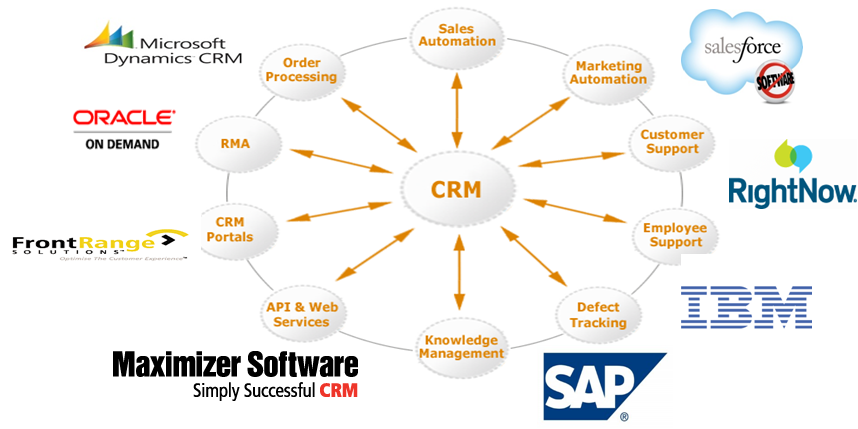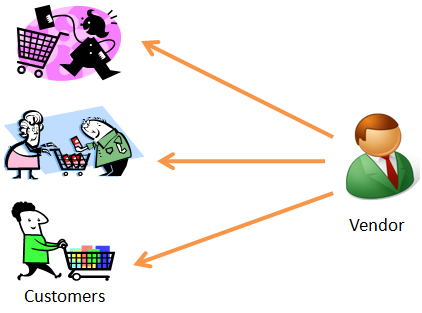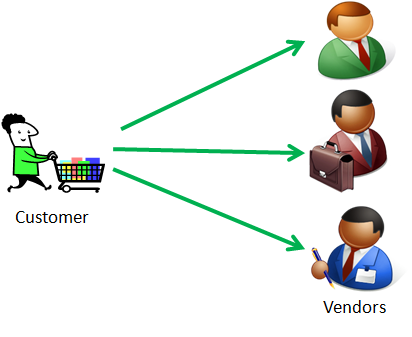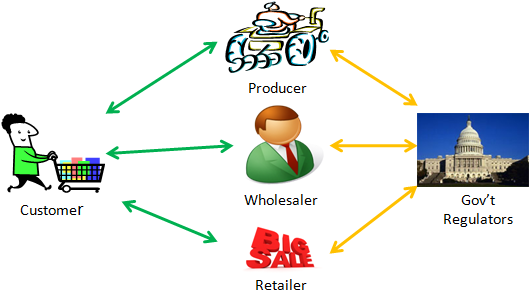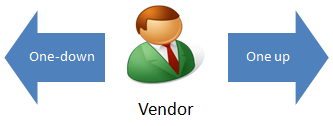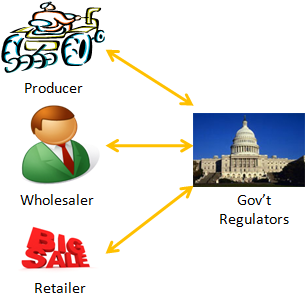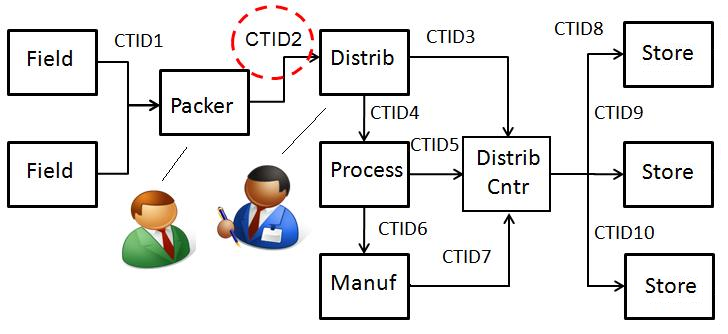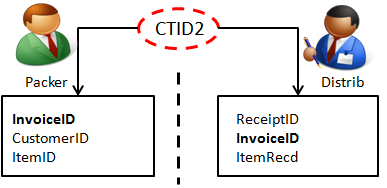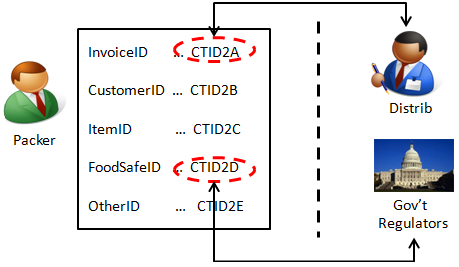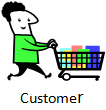Pardalis announces issuance of third U.S. patent
 Tuesday, May 24, 2011 at 10:59AM
Tuesday, May 24, 2011 at 10:59AM STILLWATER, Oklahoma, May 24, 2011 - Pardalis, Inc. announced today the award of a significant continuation patent from the United States Patent and Trademark Office. It is the third patent issued by the USPTO that is relevant to the company’s key intellectual property, Common Point Authoring.
"There is a question commonly asked by information producers who participate in complex supply chains," said CEO and co-inventor Steve Holcombe. "That question is Who owns my data? The every increasing usage of unique identification as applied to both products and people is raising the level of consciousness of information producers about privacy and confidentiality. When the question is not answered to their satisfaction the result is missing or incomplete supply chain information. This has broad implications to the safety of products emanating from supply chains, supply chain efficiencies, value chain economics, supply chain risk analysis, etc. Frankly, this has broad implications to a global economy that is increasingly reliant upon the Internet for conveying trustworthy information."
"A significant reason for these deficiencies has been, as Sir Tim Berners-Lee has said that, "[t]he Web was originally conceived as a tool for researchers who trusted one another implicitly ...." That is, those collegial researchers didn’t concern themselves with data ownership and, consequently, trust mechanisms were not built into the Internet’s protocols."
"Over a decade ago Dr. Marvin Stone and I began creating a global patent portfolio for revealing the means and functions of immutable informational objects containing uniquely identified content. Our reason for doing so was that without immutable content there is really no way to efficiently begin to build trust into the Internet as we know it. Immutable objects had previously been used for networking efficiencies but not for introducing informational trust between content producers, particularly between supply chains participants and consumers."
"While our patents were initially distinguished – and rightly so - from networking efficiency patents held by companies like IBM and Microsoft it wasn’t until distinguishment from a seminal 1993 Xerox patent that the patent examiners really began to understand that Pardalis’ patents were part of a paradigm shift. Now with the fantastic work of Van Jacobson in Project CCNx at the Palo Alto Research Center (PARC), a division of Xerox, we have a wonderful comparable in parallel. What Jacobson calls Content Centric Networking complimentarily overlaps with what we call Common Point Authoring."
Here’s an apropos quotation from Jacobson’s 2006 video, A New Way to Look at Networking (sponsored by Google):
"The biggest things is that you want all of your [uniquely identified] content to be immutable [because] once it's created, it goes out in the world, and you've lost control over it ….That means that if you want to update something, what you do is supersede it with a newer version, and that newer version should reference back to the old version, say hi, I'm the newer version of the [immutable content]. What you've got is probably obsolete. That means that wherever the data is, you can use it. You may have to do some work to find out that you've got the most recent copy of the most recent copy that's accessible to you ….. So, to do that, you want to be able to put sequence and time information, version number information and names. That's easy but something that you need to do and tie into the verification, authentication machinery."
"Earlier this year the World Economic Forum confirmed that content produced by companies and people represents a new economic asset but that the barriers restricting the movement of content through the Internet needs to be resolved. It’s very gratifying to know that Pardalis’ global patent portfolio is on the cusp of a paradigm shift in how the Internet will be used in the networking of trustworthy content."
The issued patent is entitled the Common Point Authoring System for the Complex Sharing of Hierarchically Authored Data Objects in a Distribution Chain, US Patent 7,949,668. Foreign filings relevant to the newly issued patent are being globally pursued and issued in Australia, Brazil, Canada, China, Europe, Hong Kong, India, Japan, and Mexico.
About Pardalis, Inc.
Pardalis' mission is to promote the granular sharing of confidential, trustworthy and traceable information along complex supply chains, and within the emerging data web, by empowering information owners and producers with innovative Common Point AuthoringTM methods. For more information, see A New Way of Looking at Information Sharing in Supply & Demand Chains.

